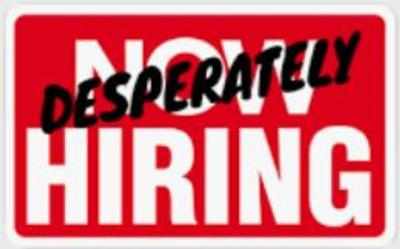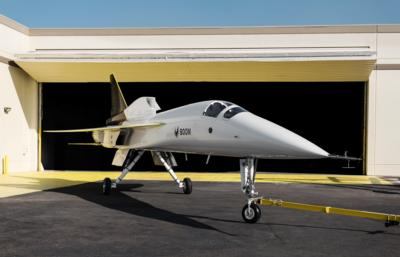Wed, May 18, 2022
Workforce Shortages Continue To Ripple Through Air Industry
The long-lamented pilot shortage, further exacerbated by the arrival of COVID-19 and the measures airlines took to reduce operating expenses by jettisoning personnel through early retirement and furloughs appears to be knocking hard at the other side of the cabin door.

However, the ecosystem of (mostly smaller) manufacturer, maintenance, technical, and support staff are also feeling the pinch, and as recently as last week, their representatives have been trying to get the attention of congress to address “providing more training opportunities, such as apprenticeships through community colleges”, in addition to more government investing in STEM education, reskilling current employees, enhancing training efforts by expanding the talent pool, and increasing diversity, equity, and inclusion in the aerospace and defense workforce.
Mr. Eric Fanning, President and CEO of Aerospace Industries Association (AIA), an advocacy group representing over 300 aerospace and defense entities, highlighted their member-Certified Aviation Services (CAS) program with San Bernardino Valley College in California and the BAE Systems-MyTurn partnership as two examples of successful programs geared towards addressing staffing shortage. Mr Fanning further stated that a reform of the Federal Work Study Program may be helpful in reaching the disadvantaged and underserved.

Boom Supersonic CEO Blake Scholl reiterated that “a critical lesson the company leaned through the pandemic is the importance of domestic manufacturing and its supply chain”. Others called for additional federal funding for technical education and community college programs to help replenish the workforce pipeline for small companies. However, investments often typically go where significant growth is expected, hence the small mom and pops are likely to fall through the cracks while the imbalance continues to support the larger entities, and we have not even begun to address the ‘minimum wage’ while trying to remain competitive. For too many years, corporations have sought cheaper labor/materials overseas to reap large profits and now find themselves in a situation entirely of their making, and the common refrain is for government to come to the rescue? Why not have the industryy fix the problem it created? This debate/discussion is still in first gear.
More News
Terminal Radar Service Area Airspace surrounding designated airports wherein ATC provides radar vectoring, sequencing, and separation on a full-time basis for all IFR and participa>[...]
Very High Frequency (VHF) The frequency band between 30 and 300 MHz. Portions of this band, 108 to 118 MHz, are used for certain NAVAIDs; 118 to 136 MHz are used for civil air/grou>[...]
“From approximately November 2021 through January 2022, Britton-Harr, acting on behalf of AeroVanti, entered into lease-purchase agreements for five Piaggio-manufactured airc>[...]
Also: Virtual FLRAA Prototype, IFR-Capable Autonomous A/C, NS-32 Crew, Golden Dome Missile Defense Bombardier announced that the first production Global 8000 successfully completed>[...]
Aero Linx: The 1-26 Association (Schweizer) The Association’s goal is to foster the helpfulness, the camaraderie, and the opportunity for head-to-head competition that is fou>[...]
 ANN's Daily Aero-Term (05.29.25): Terminal Radar Service Area
ANN's Daily Aero-Term (05.29.25): Terminal Radar Service Area ANN's Daily Aero-Term (05.30.25): Very High Frequency (VHF)
ANN's Daily Aero-Term (05.30.25): Very High Frequency (VHF) Aero-News: Quote of the Day (05.30.25)
Aero-News: Quote of the Day (05.30.25) Airborne 05.23.25: Global 8000, Qatar B747 Accepted, Aviation Merit Badge
Airborne 05.23.25: Global 8000, Qatar B747 Accepted, Aviation Merit Badge ANN's Daily Aero-Linx (05.30.25)
ANN's Daily Aero-Linx (05.30.25)




